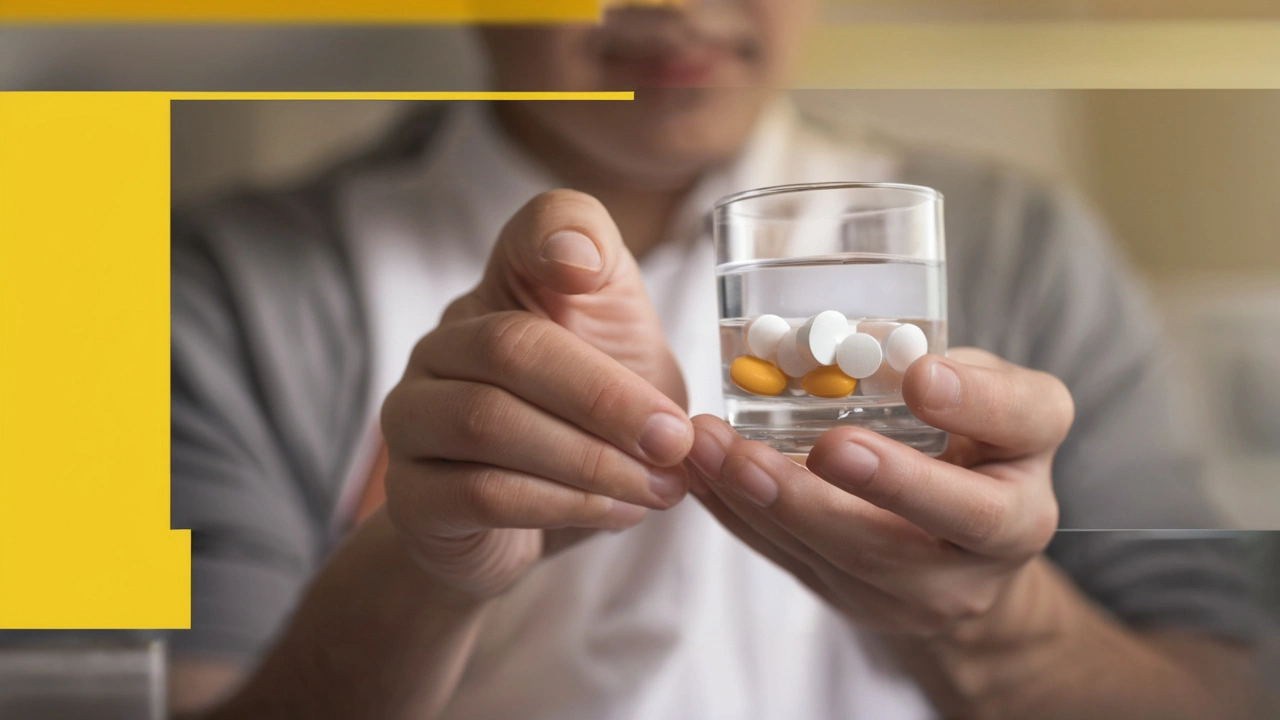PCT (Post Cycle Therapy): How to Restore Natural Testosterone After a Cycle
Finished a cycle and feeling flat, low libido, or tired? That drop usually means your HPTA (hypothalamic–pituitary–testicular axis) is still suppressed. PCT helps your body wake up and bring testosterone back to normal faster. Skip the drama—here’s a direct, practical plan that explains when to start, what drugs people use, and safer natural steps you can take right away.
When to start PCT
Timing depends on the compounds you used. Short esters (like testosterone propionate) often need PCT 2–3 days after the last dose. Long esters (like enanthate or cypionate) usually wait about 10–14 days. For very long-acting forms (testosterone undecanoate), wait 4 weeks or follow lab guidance. Oral anabolics usually allow PCT 2–3 days after the last pill. These are rules of thumb based on drug half-lives—blood tests are the safest way to decide exact timing.
Common PCT medications and a simple sample plan
SERMs (selective estrogen receptor modulators) and hCG are the usual tools. SERMs like clomiphene (Clomid) and tamoxifen (Nolvadex) encourage the pituitary to release LH and FSH, which drives testicular testosterone production. hCG mimics LH and can help restore testicular size and function if used short-term.
Typical, commonly used approaches look like this (informational only):
- Clomiphene (Clomid): 50 mg daily for 4 weeks is often used to kick-start the axis.
- Tamoxifen (Nolvadex): 20 mg daily for 4 weeks is a common alternative or complement.
- hCG: Short courses (for example, 500–1,000 IU every other day for 10–14 days) can be used before or during early PCT to prevent testicular atrophy. Prolonged hCG use can delay axis recovery, so keep it short.
Many people combine these approaches depending on the cycle. Don’t invent long protocols—short, targeted use works better and harms less.
Watch estrogen. Aromatase inhibitors (anastrozole, letrozole) lower estradiol but can cause joint pain and low libido if overused. Use them only if labs show high estradiol or if you have clear estrogen symptoms (gyno, water retention).
Other practical steps: get baseline bloodwork before PCT (total testosterone, free testosterone, LH, FSH, estradiol, prolactin). Repeat labs 4–6 weeks after finishing PCT to confirm recovery. Prioritize sleep, eat enough calories and protein, manage stress, and keep training sensible—heavy training is fine but don’t crash your recovery with extreme deficits.
Supplements that may help: vitamin D, zinc, magnesium, and fish oil. D-aspartic acid and ashwagandha are used by some to support testosterone, but results vary. These are support, not replacements for proper PCT meds when needed.
Final note: PCT can speed recovery, but it’s not risk-free. Talk to a healthcare provider, get blood tests, and be honest about what you took. If you feel severe symptoms—depression, persistent low mood, or erectile dysfunction—seek medical help promptly.

Comprehensive Guide to Clomid PCT: How It Works, Dosage, and Comparison with Nolvadex
Jul 29 2024 / HealthLearn all about Clomid PCT, including its mechanism, proper dosage, and a detailed comparison with Nolvadex. Discover how Clomid functions as a SERM, its role in testosterone recovery, and the advantages and side effects relative to Nolvadex.
VIEW MORE